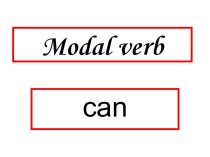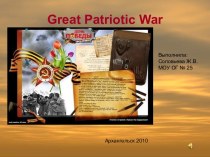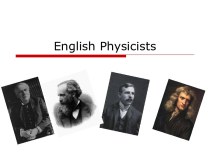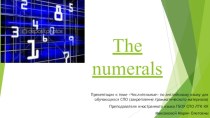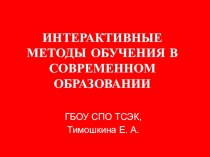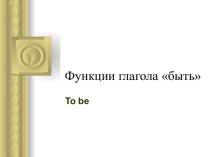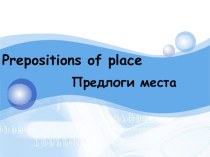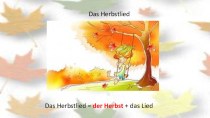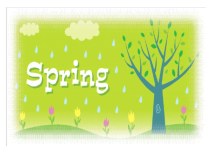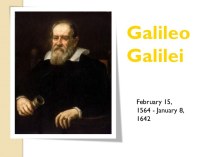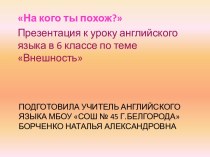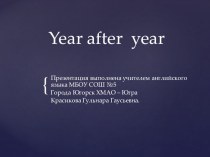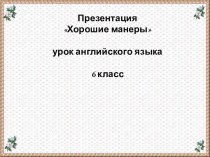- Главная
- Разное
- Бизнес и предпринимательство
- Образование
- Развлечения
- Государство
- Спорт
- Графика
- Культурология
- Еда и кулинария
- Лингвистика
- Религиоведение
- Черчение
- Физкультура
- ИЗО
- Психология
- Социология
- Английский язык
- Астрономия
- Алгебра
- Биология
- География
- Геометрия
- Детские презентации
- Информатика
- История
- Литература
- Маркетинг
- Математика
- Медицина
- Менеджмент
- Музыка
- МХК
- Немецкий язык
- ОБЖ
- Обществознание
- Окружающий мир
- Педагогика
- Русский язык
- Технология
- Физика
- Философия
- Химия
- Шаблоны, картинки для презентаций
- Экология
- Экономика
- Юриспруденция
Что такое findslide.org?
FindSlide.org - это сайт презентаций, докладов, шаблонов в формате PowerPoint.
Обратная связь
Email: Нажмите что бы посмотреть
Презентация на тему E.M. Forster
Содержание
- 2. What is the good of your stars
- 3. Based on his individual experiences and reactions
- 4. Edward Morgan Forster was an English novelist,
- 5. Life Influences Father studied at Cambridge Forster
- 6. The Bloomsbury GroupThe Bloomsbury Group was an
- 8. The ability to create characters
- 9. Key themes in Forster’s novels1. The pursuit
- 10. A Passage to India (1924)is a novel
- 11. A Passage to IndiaThemes:1. the difficulty of
- 12. A Room with a ViewSymbolic meanings of
- 13. A Room with a View The
- 14. Скачать презентацию
- 15. Похожие презентации
What is the good of your stars and trees, your sunrise and the wind, if they do not enter into our daily lives? ~ E. M. Forster (1879-1970)
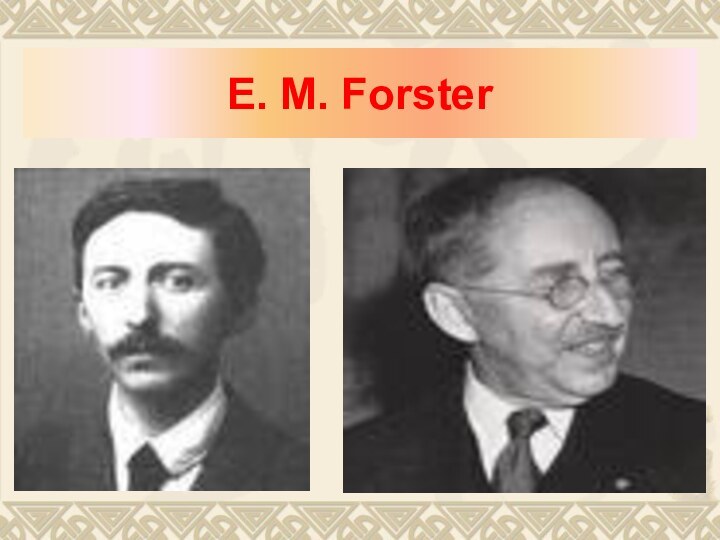



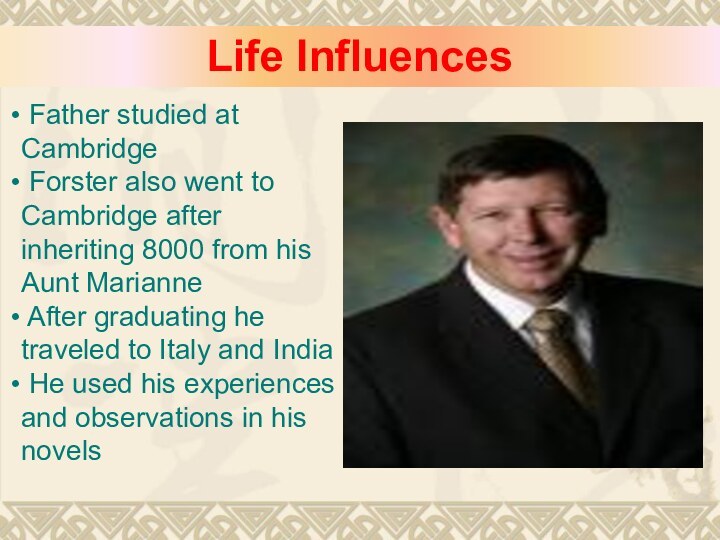
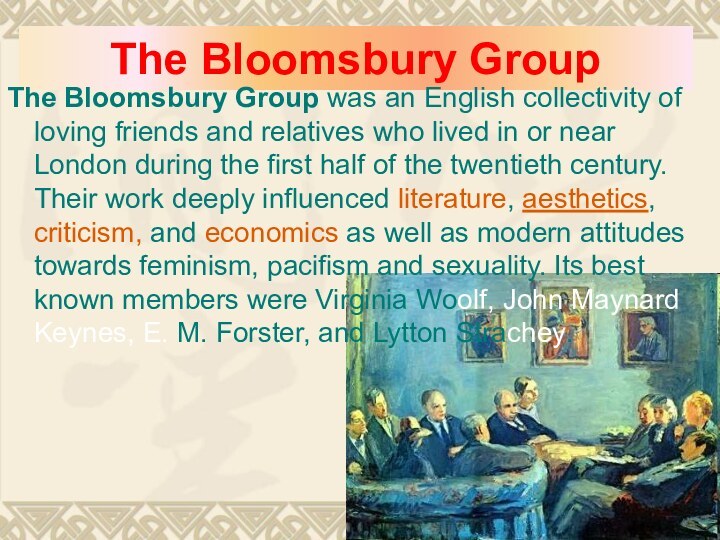







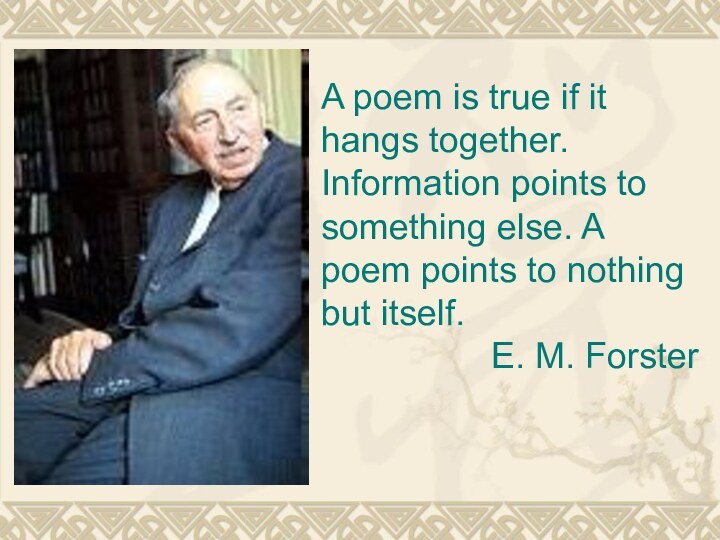
Слайд 3
Based on his individual experiences and reactions
to
widespread class stereotypes E. M. Forster
assigns distinct morals
and values to the diverse social classes in his novels.
Слайд 4
Edward Morgan Forster was an English novelist, short
story writer, essayist, and librettist.
He is known best
for his ironic and well-plotted novels examining class difference and hypocrisy in early 20th-century British society. Forster was homosexual, but this fact was not widely known during his lifetime. His posthumously published novel Maurice tells of the coming of age of an explicitly homosexual male character.
Слайд 5
Life Influences
Father studied at Cambridge
Forster
also went to Cambridge after inheriting 8000 from his
Aunt MarianneAfter graduating he traveled to Italy and India
He used his experiences and observations in his novels
Слайд 6
The Bloomsbury Group
The Bloomsbury Group was an English
collectivity of loving friends and relatives who lived in
or near London during the first half of the twentieth century. Their work deeply influenced literature, aesthetics, criticism, and economics as well as modern attitudes towards feminism, pacifism and sexuality. Its best known members were Virginia Woolf, John Maynard Keynes, E. M. Forster, and Lytton Strachey.Слайд 8 The ability to create characters and
situations of great human significance, his exploratory power, and
his qualities as a serious moralist with great ability as a sensitive realist in displaying the Edwardian and post war society.His writing style
Слайд 9
Key themes in Forster’s novels
1. The pursuit of
personal connections in spite of the restrictions of contemporary
society2. The irreconcilability of class differences
3. Sexuality: a general shift from heterosexual love to homosexual love over the course of his writing career. (the posthumously published novel Maurice and the short-story collection The Life to Come
4. Forster is noted for his use of symbolism as a technique in his novels, and he has been criticized for his attachment to mysticism.
Слайд 10
A Passage to India (1924)
is a novel set
against the background of the British Raj and the
Indian independence movement in the 1920s.It was selected as one of the 100 great works of English literature by the Modern Library. Time Magazine included the novel in its TIME 100 Best English-language Novels from 1923 to 2005.
Слайд 11
A Passage to India
Themes:
1. the difficulty of friendship
between an Englishman (the colonist) and an Indian (the
colonized)2. the racism and oppression of the British who rule India
3. the “muddle” of Indian civilization
and psychology, and the oneness
(and perhaps sameness) of all life
Слайд 12
A Room with a View
Symbolic meanings of “rooms”
and “views”:
“rooms”: conservative and uncreative, e.g. Mrs Honeychurch,
Cecil usually pictured in a room“views”: forward-thinking and modern character types, e.g. Freddy and the Emersons often described as being “outside”


